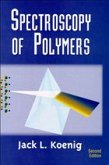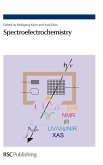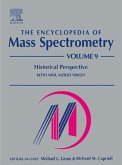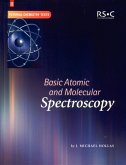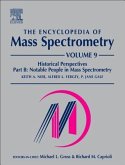Designed to provide a comprehensive, step-by-step approach to organic process research and development in the pharmaceutical, fine chemical, and agricultural chemical industries, this book describes the steps taken, following synthesis and evaluation, to bring key compounds to market in a cost-effective manner. It describes hands-on, step-by-step, approaches to solving process development problems, including route, reagent, and solvent selection; optimising catalytic reactions; chiral syntheses; and "green chemistry."
Second Edition highlights: . Reflects the current thinking in chemical process R&D for small molecules . Retains similar structure and orientation to the first edition. . Contains approx. 85% new material . Primarily new examples (work-up and prospective considerations for pilot plant and manufacturing scale-up) . Some new/expanded topics (e.g. green chemistry, genotoxins, enzymatic processes) . Replaces the first edition, although the first edition contains useful older examples that readers may refer to
Second Edition highlights: . Reflects the current thinking in chemical process R&D for small molecules . Retains similar structure and orientation to the first edition. . Contains approx. 85% new material . Primarily new examples (work-up and prospective considerations for pilot plant and manufacturing scale-up) . Some new/expanded topics (e.g. green chemistry, genotoxins, enzymatic processes) . Replaces the first edition, although the first edition contains useful older examples that readers may refer to
"This second edition text is at a more advanced level than the original, reflecting the abundant sources of information that have become available in the last ten years and the author's reconsideration of this presentation. Anderson has worked for 30-plus years in the pharmaceutical industry. His text offers a step-by-step approach, beginning with discussion of how and why operations are carried out and then illustrating principles with examples. Coverage encompasses process safety; route, reagent, and solvent selection; effect of water; in-process assays, controls, and specifications; practical considerations for scale-up; refining the process for simplicity and ruggedness; and troubleshooting, among other topics." --Reference and Research Book News, August 2012
"I would hope that most readers of this journal are very familiar with the first edition of Neal Anderson's excellent book on Chemical Process Research and Development and are as keen to see the second edition as I was. The good news is that the new edition is bigger (by over 100 pages), better than the original, and cheaper. The big improvement in the new edition is the layout so that the schemes are now much closer to the relevant text than before which makes reading that much easier.Overall this book is highly recommended even if you already have a copy of the original edition." --Organic Process Research and Development
"I would hope that most readers of this journal are very familiar with the first edition of Neal Anderson's excellent book on Chemical Process Research and Development and are as keen to see the second edition as I was. The good news is that the new edition is bigger (by over 100 pages), better than the original, and cheaper. The big improvement in the new edition is the layout so that the schemes are now much closer to the relevant text than before which makes reading that much easier.Overall this book is highly recommended even if you already have a copy of the original edition." --Organic Process Research and Development


